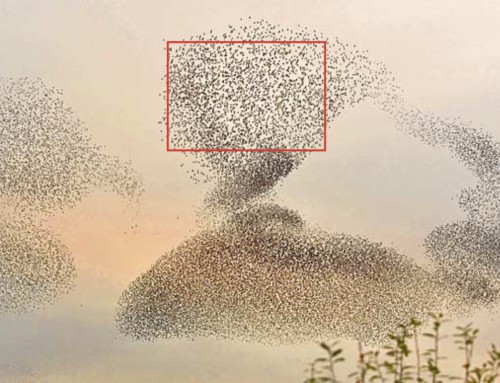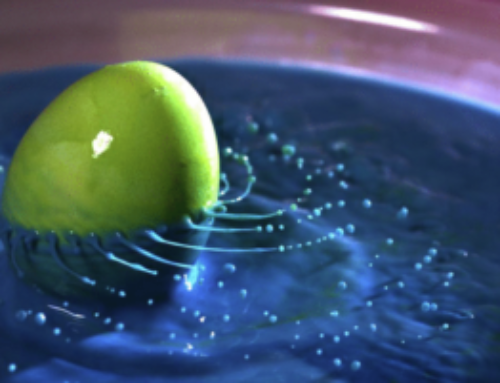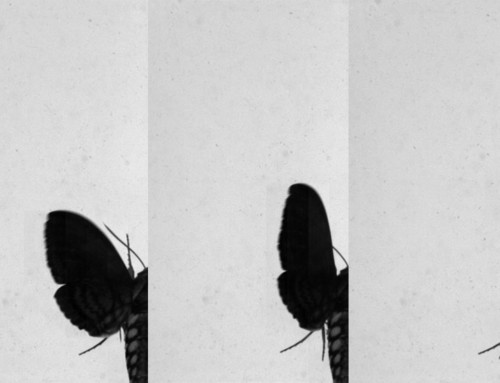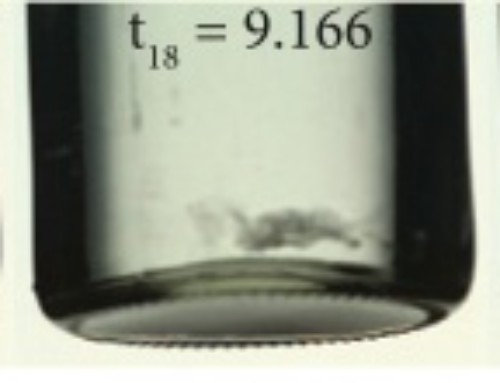We utilize the synthetic aperture particle image velocimetry technique to visualize the air flow past an artificial vocal fold. The video explains the technique in more detail and highlights the jets formed in the wake of the vocal folds.
 The air passes through two silicone molds representing the vocal muscles inside the thorax. As the air passes by the silicone material is moved out of the way. With the silicone moved away from the center of the jet the pressure in the jet decreases until the elastic response from the silicone pulls the fold back into its orginal position. This causes the gap to close, pressure to build and then it all happens over and over again. This vibration is over 100 times per second and forms the basic noise behind human sound production. Gaining a better understanding of how these jets are formed, and how they can be altered with diseased tissue is the thrust of our work.
The air passes through two silicone molds representing the vocal muscles inside the thorax. As the air passes by the silicone material is moved out of the way. With the silicone moved away from the center of the jet the pressure in the jet decreases until the elastic response from the silicone pulls the fold back into its orginal position. This causes the gap to close, pressure to build and then it all happens over and over again. This vibration is over 100 times per second and forms the basic noise behind human sound production. Gaining a better understanding of how these jets are formed, and how they can be altered with diseased tissue is the thrust of our work.
This material is based upon work supported by the National Science Foundation under Grant No. 1126862. Any opinions, findings, and conclusions or recommendations expressed in this material are those of the author(s) and do not necessarily reflect the views of the National Science Foundation.







